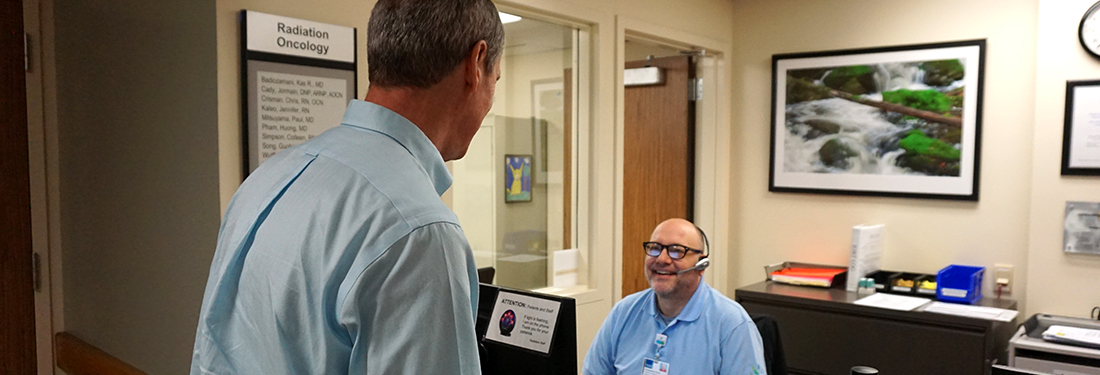Why Adding More Space Isn’t the Only Answer to Increasing Revenue
The best health care leaders are always looking for ways to increase quality and run their business more efficiently. To understand their business, they need to know what the organization spends in supplies, how they use their space, how their people spend their time and how often the rooms, equipment and other resources are used.
Using lean methods and tools, leaders can work with frontline providers and staff to improve service delivery and do more with less — less waste that is. Lean leaders don’t approach the improvement process by saying, “Let’s take 10 percent at the top.” Instead, they see cost savings as an outcome and a benefit that result from their efforts to identify cost opportunities related to waste and act on them through innovation and collaboration.
A Case Study on Space Utilization and Cost Structure
Early in Virginia Mason’s history using lean improvement work, I led the radiation oncology team through an event designed to help them solve a problem. Many of them felt that they didn’t have enough rooms and team members to meet patient demand. Their patients were waiting much too long, they said, and they thought they could fix the problem with new space and employees. To make matters more challenging, their space was landlocked in a basement and their equipment couldn’t be easily moved.
“Let’s go see the true story. Let’s find out exactly what you need to work better with your patients.”
The leaders walked in the staff’s shoes — we listened and we saw what they did at their jobs. We also appreciated their work. We said to them: “Let’s go see the true story. Let’s find out exactly what you need to work better with your patients.”
Together, we conducted a study by observing the work as it took place in real time. It turned out that at specific two-hour intervals two times a week, patient demand exceeded the number of rooms available, making the patients wait. When the team looked deeper, they found that most rooms were utilized at only 50 percent during normal business hours. After asking why, they found that two different kinds of weekly consultations were being scheduled at the same time on the same days. The leaders asked, “Would it be OK if we scheduled the two services on different days so that they wouldn’t interfere with each other?”
We had to address statements that were uncomfortable, such as this one: “But Tuesday is my day to see patients.” However, by allowing everyone to have a voice to come up with possible solutions, the team came together and got excited. They saw that by shifting their thinking about scheduling, they could fully utilize the rooms and improve flows — without building more space, hiring new staff or making patients wait. In fact, patients got better access and the radiation oncology team stayed within the organization’s cost structure.
How a Better Use of Space Improves Patient Care and Financial Performance
By using lean methods and tools with teams to make problems visible, team members are able to see a meaningful current-state problem as it really is. Leaders ask them, “How is this waste robbing you of your time to see patients?” And our culture, which values transparency, encourages them to talk it out. When the employees who do the work see the opportunities to improve, they own the implementation.
The best part is that employees are getting back the time they need to care for patients. So nurses can be at the bedside when their patients need to use the bathroom, and trained physical therapists can help patients with lower back pain as soon as they enter the clinic instead of making them wait for weeks to see a specialist they don’t need. And that’s how the financial performance improves. The nurse at the bedside is able to avoid a costly patient fall, and a physical therapist can prevent a patient from going back to work and making an uncomplicated back injury much worse.
Connecting Efficiency to Cost Savings
The business of health care doesn’t have value unless it can meet the needs of the patient. More and more, health care is about seeing the patient and providing the right service and doing it well. Continuous learning and improvement is essential in any healthcare organization, to be able to provide the patient with the best care possible.
Health care becomes more costly when we do things for the wrong reason or at the wrong time or we make things too complicated. It costs more when we make a patient wait. A patient who waits too long might decline and never get back to a healthy life.
Every time we assemble a team to really look at a process and remove the waste, there’s a better utilization of what exists. And that translates to better care for patients, a more engaged staff and cost savings






